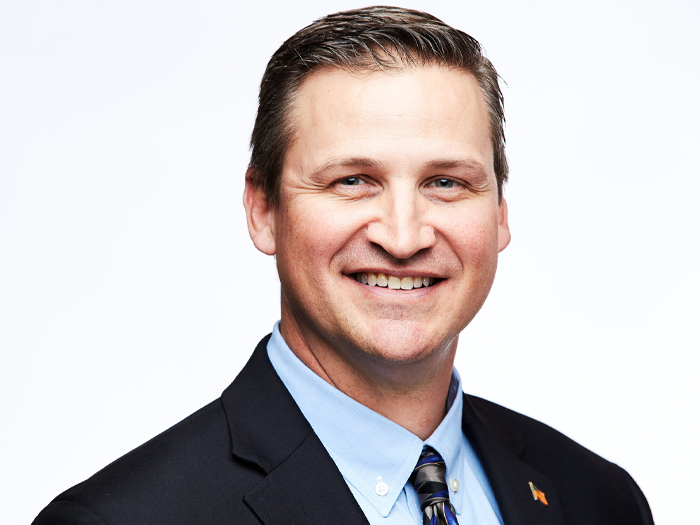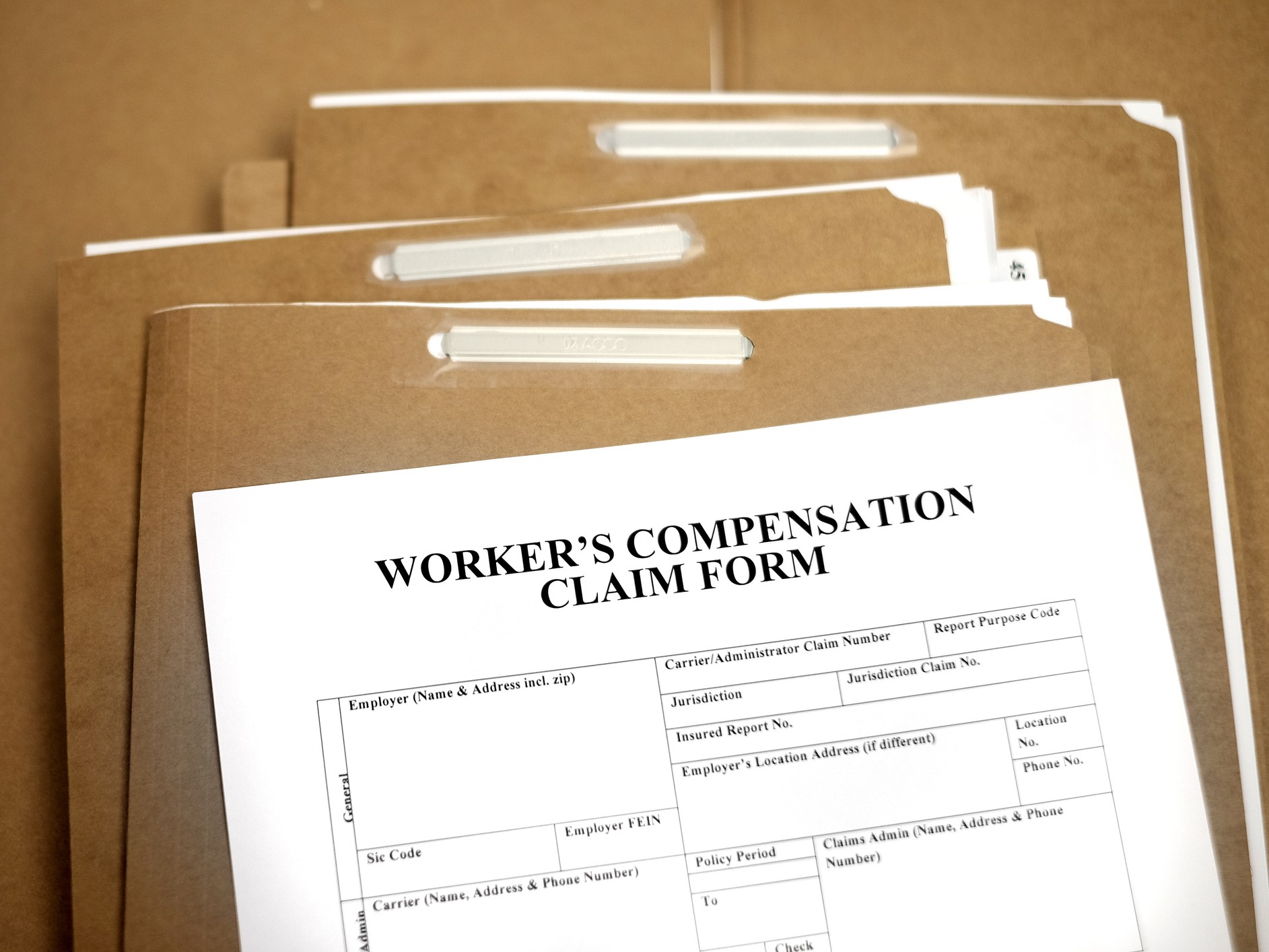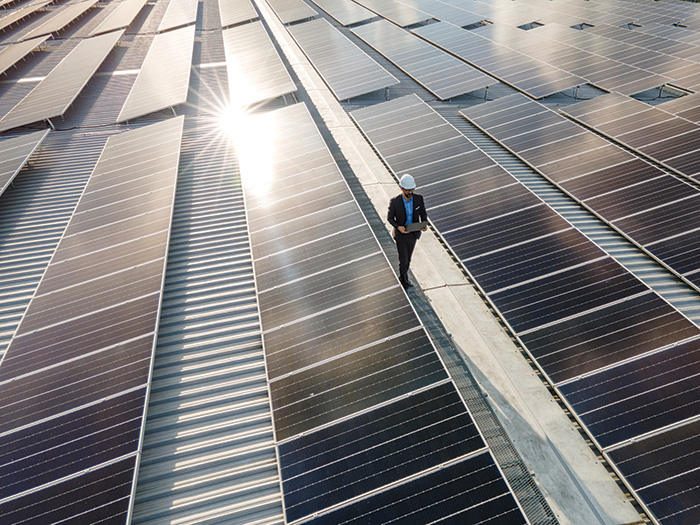Column: Risk Management
The Magic of Giving
I write this piece around the U.S. Thanksgiving holiday. This holiday makes me naturally think of all the things that I am very grateful for. It also makes me reflect on the act of giving itself. I ponder the idea of when one gives, one gets tenfold in return. I know in my life this has been especially enriching.
I have also been reflecting on how giving can affect business positively.
Allow me to tell you a story of what I experienced recently. One Saturday, I decided to go early to a store to avoid the mad crowds of weekend shoppers. I took a deep breath, and I negotiated with myself that I would go inside, purchase my items, and get out very quickly.
It was as though I was planning a precision militia operation. Once I arrived, the store was yet to open but outside was a monstrous crowd waiting. I wasn’t sure why so I asked one of the customers: “We are here for the $0.99 breakfast.”
If you haven’t guessed yet, I was standing outside the doors to IKEA.
I couldn’t resist. My precision militia operation was quickly taking a turn. I simply needed to experience this breakfast. Once inside, we were corralled to the restaurant.
When my receipt for $1.12 was handed to me by the cashier I felt a wee bit guilty and a bit indebted. On my tray, I had a plate of scrambled eggs, 2 bacon strips, potatoes and a bottomless cup of coffee.
According to behavioral economists, if somebody does something for you, you will feel a surprisingly strong obligation to do something back.
After eating, I found myself being a lot more leisurely in the store. I felt I owed it to my breakfast host. On an instinctual level I felt a need to reciprocate.
According to behavioral economists, if somebody does something for you, you will feel a surprisingly strong obligation to do something back. We enter into a moral contract — if someone gives us food, we subconsciously feel the need to return the exchange.
So, I followed the IKEA signature yellow-brick-road, stopped along the way, and I finally made it to the cash registers. My original operating plan was to spend less than 30 minutes in the store and no more than $20. Instead, with a belly full of eggs, I was there three hours and spent more than $200, all for one dollar.
Other than fruit flies, what one thing turns into hundreds in a matter of hours?
Companies should all know this about us. We love getting things free, or in this case it felt free.
We love food. The combination of getting free food is powerful. Let us all be honest. Who hasn’t taken a second pass at the sample tables at Costco, or planned our trip there right around lunch time? And do confess, how big was your bill when you did?
At a risk management level, samples and giveaways also work powerfully because they take away risk. Most people hate risk. And getting consumers to try something new is not easy.
Consumers tend to be more concerned about the possibility of wasting money over missing out on something they might like. Samples show us that we’re not going to throw away our money.
Retailers love all these behaviors. It has been noted that samples and freebies boost sales by as much as 2,000 percent. Moreover, they make consumers more loyal, indebted to certain stores and brands.
As the old adage goes, it is true, nothing in life is truly free. &











